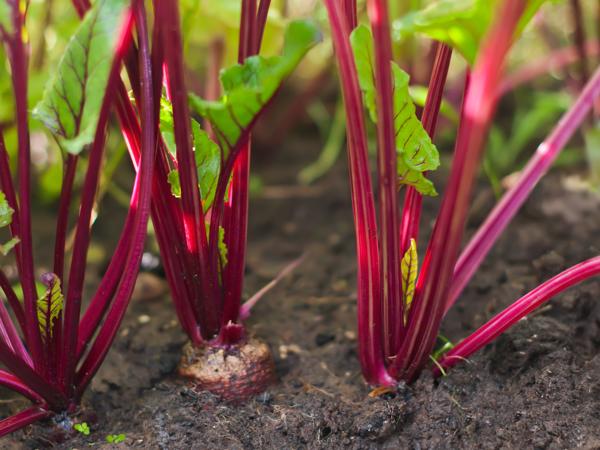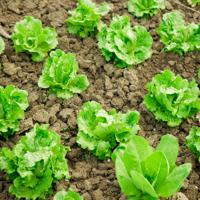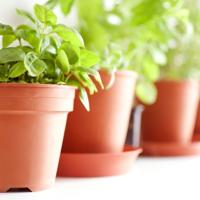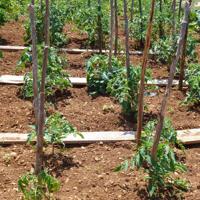Welcome to our exploration of nasturtiums on Bistrogarden, where we delve into the beauty and utility of these fascinating flowers. Nasturtiums blend the ornamental appeal of vibrant blooms with the practicality of edible plants, making them popular among sustainable gardening enthusiasts.
What Are Nasturtiums?
Nasturtiums (Tropaeolum) are annual flowering plants known for their eye-catching, funnel-shaped blossoms and rounded, shield-like leaves. Originating from South and Central America, they adapt well to various climates. The flowers showcase a range of warm colors, including red, orange, and yellow, providing a lively splash in any garden setting.
Why Grow Nasturtiums?
Nasturtiums serve more than just aesthetic purposes. They fit seamlessly into the garden-to-table philosophy by offering edible leaves, flowers, and seeds. The entire plant can be used to enhance home-cooked meals with its peppery flavor reminiscent of mustard.
They’re relatively easy to grow, even if you’re just starting your gardening journey. The vibrant blooms attract pollinators like bees and butterflies, contributing positively to the overall health of your garden.
Planting Nasturtiums
Soil and Sunlight
Nasturtiums thrive in well-drained, moderately fertile soil. Interestingly, they tend to produce more flowers in poorer soils, as highly fertile soil can lead to more leafy growth. They prefer full sun but can tolerate some light shade, especially in hotter climates.
Watering
Once established, nasturtiums are relatively drought-tolerant. Water the plants regularly, allowing the soil to dry slightly between waterings to avoid waterlogging, which can lead to root rot.
Space and Sowing
These plants can be grown from seeds directly sown in your garden after the last frost. Space them 10-12 inches apart to encourage air circulation, which helps prevent mildew. Seeds usually sprout within 7-10 days.
Caring for Nasturtiums
Minimal maintenance is required once nasturtiums establish themselves. They benefit from occasional deadheading (removing spent flowers) to prolong blooming. In terms of pests, you might find them attracting aphids. Interesting enough, this trait can be advantageous as it helps keep aphids away from other more vulnerable plants.
Harvesting and Using Your Nasturtiums
Leaves and Flowers
You can start harvesting the vibrant flowers and peppery leaves as soon as they appear. Add them fresh to salads to make them more colorful or use them as a vibrant garnish. Their taste is subtly spicy, adding a distinctive tang to various culinary creations.
Seeds
The green seeds are often pickled and used as a substitute for capers. Wait until they form, harvest them young, and follow your preferred pickling process.
Companion Planting Benefits
Nasturtiums are known to make great companions in the garden. Their ability to repel certain pests and create natural ground cover makes them a valuable addition around plants such as tomatoes, cucumbers, and radishes.
A Few Tips
- Consider planting nasturtiums in hanging baskets or containers to allow their trailing beauty to cascade freely.
- Keep an eye on their growth and adapt your care routine as needed based on local weather conditions.
If you’re excited to try new additions to your garden and lifestyle, nasturtiums might be the inspiration you need. They offer simplicity combined with functionality and beauty. Happy gardening, and may your nasturtiums bring joy and flavor to your table!
References
- Costa, B., & Reinhardt, P. (2018). Edible and Medicinal Flowers. New York: Penguin Random House.
Whether you are growing for beauty, culinary experimentation, or enhancing your garden’s ecology, nasturtiums are a wonderful step towards embracing a sustainable gardening and garden-to-table lifestyle.
Enjoy your time in the garden! 🌸




